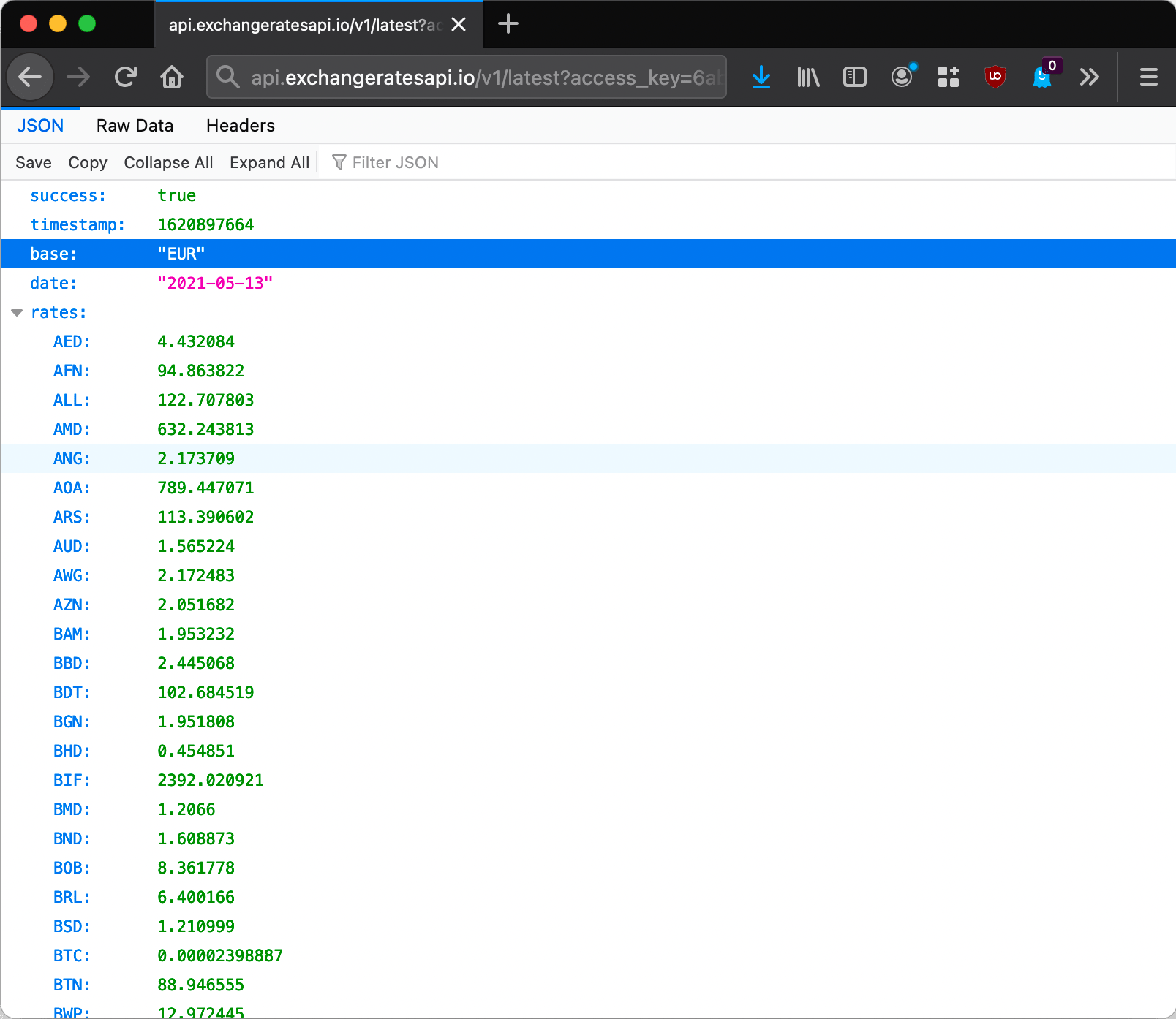
The current subscription plan does not support this API endpoint. The maximum allowed API amount of monthly API requests has been reached. The requested API endpoint does not exist. No API Key was specified or an invalid API Key was specified. "info": "Your monthly API request volume has been reached.
CURRENCY EXCHANGE API CODE
Errors always come with an error code and a description.Įxample Error: The following error is returned if your monthly API request volume has been exceeded. Whenever a requested resource is not available or an API call fails for another reason, a JSON error is returned. In this case, the size of your API response will be normal. or new results with an entirely new set of ETag and Date objects indicating that new data has been accessed.

In this case, the size of the API response will be as small as 0.2kb

All data is returned in standard JSON format and can be parsed easily using any programming language.Įxample Response: Below you will find an example API response carrying a number of common world currencies, all relative to the currency EUR and time stamped at the exact time they were collected.Īs illustrated above, the API's response - when queried for real-time exchange rates - always contains a timestamp object containing a standard UNIX time stamp indicating the time the given exchange rate data was collected, a base object containing the three-letter currency code of the base currency, a date object containing the date the given exchange rate data was collected, and a rates object containing the actual exchange rate data.įurther below, in the Endpoints section, the API response structure will be discussed in detail. Exchange rates delivered by the Fixer API are by default relative to EUR.


 0 kommentar(er)
0 kommentar(er)
